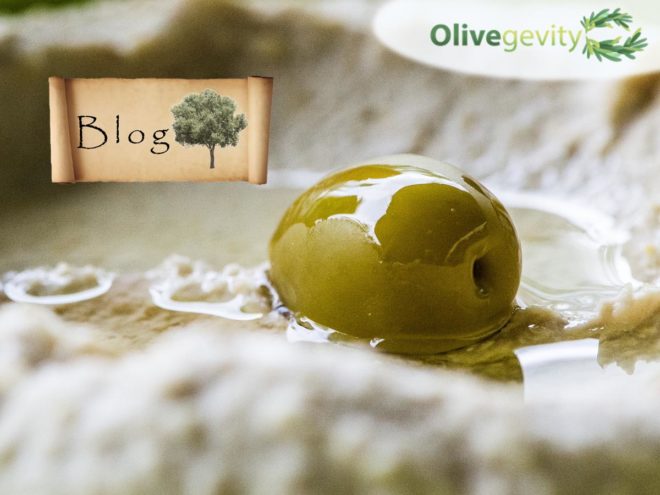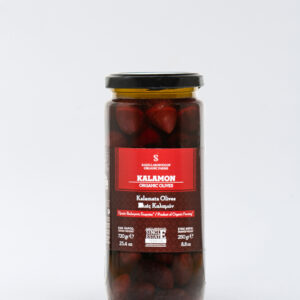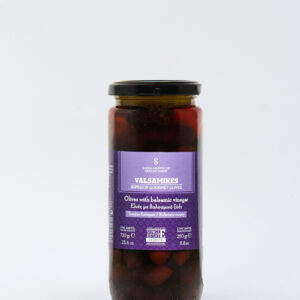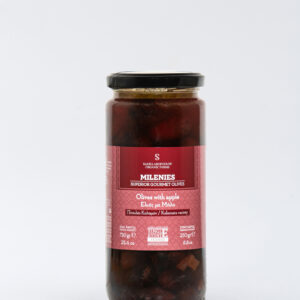Olives are one of the world’s most widely enjoyed foods. Here is a list of some amazing facts and trivia regarding the history, the origin and the nutritional benefits of the Olive!
1.The botanical name of the olive is “olea europaea” which means “European olive”.
- Even though we think that the olive is a vegetable, it is technically classified as a fruit!
- The olive tree and its fruit give their name to the plant family, which also includes species such as lilacs, jasmine and the true ash tree (Fraxinus).
- The word derives from the Latin “oliva”, a borrowing from the Greek ἐλαία (elaía) which means olive fruit and olive tree.
- Fossil evidence indicates the olive tree had its origins 20-40 million years ago in the Oligocene region corresponding to Italy and the eastern Mediterranean Basin.
- The olive though was first cultivated 7,000 years ago in Mediterranean regions.
- Fossilized leaves of Olea were found in the volcanic Greek island of Santorini.
- Research indicates that since 3000 BC, olives were grown commercially in Crete. They may have been one of the sources wealth of the Minoan civilization.
- The ancient Greeks smeared olive oil on their bodies and hair as a matter of grooming and good health.
- In ancient Greece, olive oil was used to anoint kings and athletes.
- It was burnt in the sacred lamps of temples and was the “eternal flame” of the original Olympic games. Victors in these games were crowned with its leaves.
- This tradition was revived during the Olympic Games in Athens in 2004.
- In an ancient Athenian myth, the goddess Athena won the patronship of Athens from Poseidon with the gift of the olive.
- The father of botany, Theophrastus (fourth century BC) mentions that the very olive tree of Athena still grew on the Acropolis. The tree was still to be seen there in the second century AD.
- An olive tree just outside the city center of Athens, named “Plato’s Olive Tree”, is thought to be a remnant of the grove, where Plato’s Academy was situated, making it an estimated 2,400 years old.
- The tree comprised a cavernous trunk from which a few branches were still sprouting in 1975, when a traffic accident caused a bus to uproot it.
- Olives are not native to the Americas. Spanish colonists brought the olive to the New World. Olives are still cultivated in present day Peru and Chile.
- The first seedlings from Spain were planted in Lima by Antonio de Rivera in 1560. Olive tree cultivation quickly spread along the valleys of South America’s dry Pacific coast where the climate was similar to the Mediterranean.
- Spanish missionaries established the tree in the 18th century in California. It was first cultivated at Mission San Diego de Alcalá in 1769.
- Olive groves were started at other missions, but in 1838, an inspection found only two olive groves in California.
- The cultivation of olive oil gradually became a highly successful commercial venture from the 1860s.
- Several trees in the Garden of Gethsemane (from the Hebrew words gat shemanim or olive press) in Jerusalem are claimed to date back to the purported time of Jesus.
- The olive tree can reach 26 to 49 inches in height.
- The largest type of olive tree is called “donkey olive” and the smallest type “bullet”.
- The olive tree starts to bloom after 4 years.
- The first harvest can be expected after 15 years!
- The color of the fruit depends on its maturity. For example unripe fruit is green and ripe fruit is dark purple or black.
- As you may already know the olive tree is evergreen. They can live up to 2000 years. Today there are over 800 million olive trees planted worldwide.
- The average life of an olive tree though is between 300 and 600 years.
- One of the oldest olive trees in the world is on the island of Crete, in Greece. This tree is about 4,000 years old and is still producing olives!
- Of course you cannot consume olives directly from the tree. Harvested olives need to be processed with brine before becoming eatable.
- About 90% of all harvested olives are turned into olive oil and only about 10% are used as table olives.
- The many types of preparations for table olives depend on local tastes and traditions. The most important commercial examples are: Spanish or Sevilian Type, Sicilian or Greek type, Picholine or directly-brined type, Water-cured type, Salt-cured type, California or “artificial ripening” type.
- Olives’ harvest starts from autumn and can last till winter.
- More specifically in the Northern Hemisphere, green olives are picked from the end of September to about the middle of November. Blond olives are picked from the middle of October to the end of November, and black olives are collected from the middle of November to the end of January or early February. In southern Europe, harvesting is done for several weeks in winter, but the time varies in each country, and with the season and the cultivar.
- The olive is one of the “trinity” or “triad” of basic ingredients in Mediterranean cuisine. The other two being wheat for bread, pasta, and couscous, and the grape for wine.
- Olives are a rich source of oils, minerals and vitamins A,E,K and B.
- Around 80 percent of the calories in olives come from fat. But the type of fat they contain is a healthy fat. One of the main fats in olives is oleic acid, a monounsaturated fatty acid. Studies have found that oleic acid may have a protective effect when it comes to cancer and maintaining good heart health.
- Eating olives improves the appearance of wrinkles by 20% since they contain oleic acid, which keeps skin soft and healthy. In addition, olives contain vitamin E, an excellent antioxidant for skin health.
- People around the world consume 2.25 million liters of olive oil each year. Extra virgin olive oil is much healthier and has a more delicate flavor compared to the regular vegetable oils.
- It takes approximately 7 liters of olives for the production of one liter of olive oil.
- The olive branch is a symbol of peace or victory. Cyprus, Eritrea and the United Nations have a representation of the olive branch on their flags.










